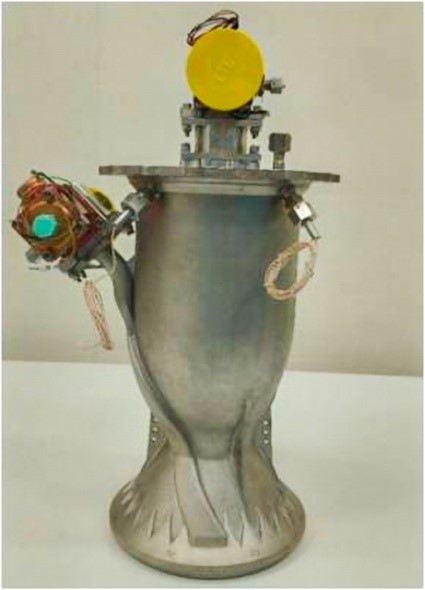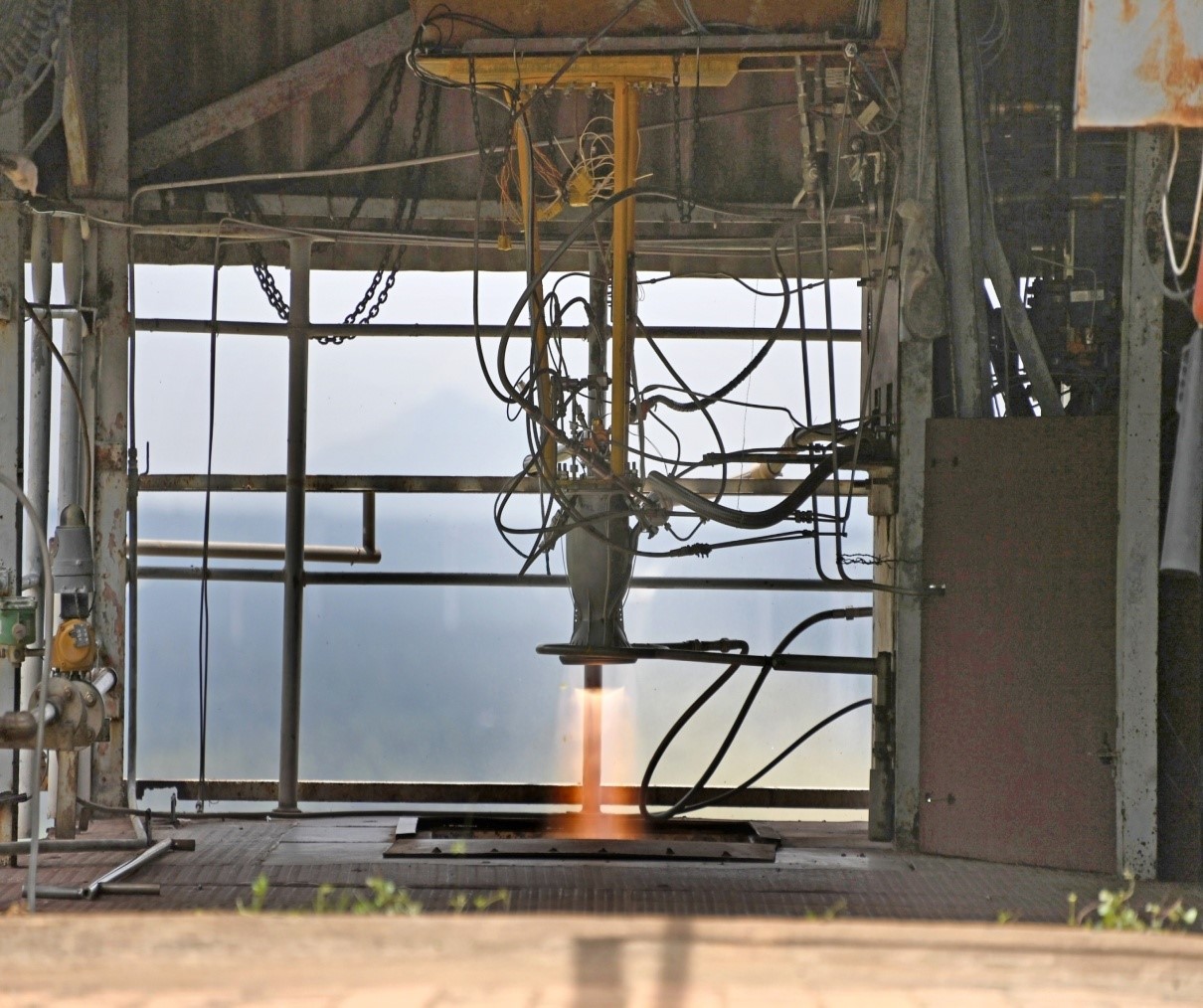- 3,156
- 1,196
- Axis Group

Countdown for ISRO's 100th mission begins at Sriharikota
Story by PTI• now • 2 min read

Countdown for ISRO's 100th mission begins at Sriharikota© PTI
Sriharikota, (Andhra Pradesh) Jan 28 (PTI) The 27-hour countdown for ISRO's historic 100th mission from this spaceport, launch of a Navigation satellite onboard a GSLV rocket commenced on Tuesday, sources in the space agency said. Also, this would be the first mission for ISRO Chairman V Narayanan, who assumed office on January 13.

Countdown for ISRO's 100th mission begins at Sriharikota© PTI
The Geosynchronous Satellite Launch Vehicle (GSLV) with indigenous Cryogenic upper stage in its 17th flight, carrying the navigation satellite NVS-02 is scheduled for lift-off at 6.23 am on January 29 from the second launch pad here.
The navigation satellite is the second in the series of the Navigation with Indian Constellation (NavIC) aimed to provide accurate position, velocity and timing to users in the Indian sub-continent as well as to regions about 1,500 km beyond the Indian land mass.
"The 27.30 hour countdown commenced at 02.53 am on Tuesday," multiple sources told PTI.
The 50.9 metre tall GSLV-F15 follows the GSLV-F12 mission which successfully carried navigation satellite NVS-01, the first of the second generation satellites on May 29, 2023.
NavIC comprises five second generation satellites--NVS-01/02/03/04/05 envisaged to augment NavIC base layer constellation with enhanced features for ensuring continuity of services.
The NVS-02 satellite designed and developed by the U R Satellite Centre weighs about 2,250 kg. It has navigation payload in L1, L5 and S bands in addition to ranging payload in C-band like its predecessor NVS-01.
The key applications the satellite would be used for are terrestrial, aerial and maritime navigation, precision agriculture, fleet management, location based services in mobile devices, orbit determination for satellites, Internet-of-Things (IoT) based applications, emergency and timing services, ISRO said. PTI VIJ SA






 M
M





